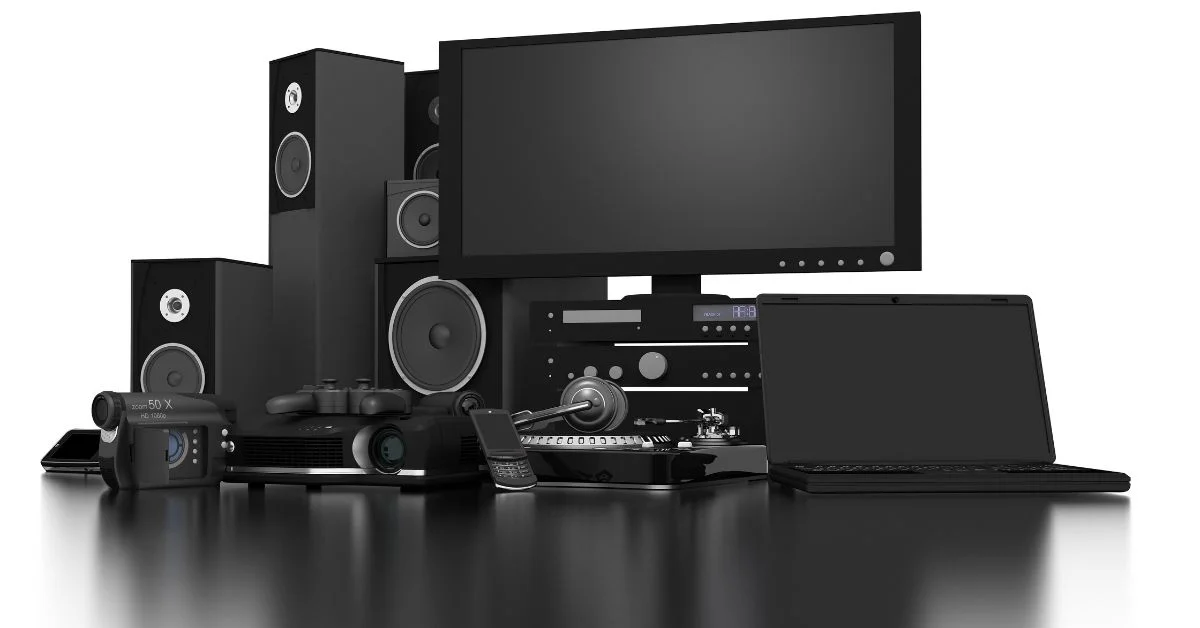When we think about electronics, we often envision silicon valleys, consumer gadgets, or towering server rooms. But a quiet revolution is underway beneath the waves. The term Ocean Electronic refers to a rapidly evolving field of technology that encompasses hardware, sensors, networks, and systems designed to operate in—and learn from—the planet’s most expansive and unexplored frontier: the ocean.
From deep-sea sensors to autonomous underwater vehicles, from marine renewable energy systems to real-time environmental monitors, ocean electronic systems are reshaping how we understand, interact with, and preserve the marine world. This article takes a deep dive into the role of ocean electronics in scientific research, defense, environmental stewardship, and commercial innovation.
What Are Ocean Electronics?
Ocean electronics encompass a broad category of engineered systems designed for marine environments. These technologies are built to withstand pressure, salinity, and constant movement. They include:
- Autonomous underwater vehicles (AUVs)
- Ocean floor seismic sensors
- Data buoys and floating sensor networks
- Subsea communication systems
- Marine radar and sonar
- Embedded electronics in oceanic robotics
Their goals range from environmental monitoring to navigation, from security applications to commercial fisheries management.
READ MORE: Fettfass: Understanding Its Role in Modern Waste Management
The Origins and Evolution of Marine Electronics
The concept of electronically monitoring the ocean dates back to Cold War-era submarine detection systems. However, in recent decades, electronics have exploded in complexity and accessibility.
The convergence of:
- Microelectronics
- Satellite communications
- Artificial intelligence
- Renewable energy (like wave and tidal power)
…has made ocean-based systems smarter, smaller, and more autonomous.
Today, electronics power everything from ocean observatories off the coast of Oregon to coral reef monitors in the Great Barrier Reef.
Applications of Ocean Electronics
1. Environmental Monitoring
Marine biologists and climatologists use electronic sensor arrays to:
- Track salinity, pH, and temperature
- Monitor coral reef health
- Detect chemical pollution
- Observe migratory patterns
2. Climate Research and Prediction
Ocean currents and surface temperatures affect global climate. Electronics power the buoys and satellites that inform weather models, including hurricane forecasting and El Niño prediction.
3. Defense and Surveillance
Many navies rely on ocean electronic arrays for:
- Submarine tracking
- Maritime border monitoring
- Underwater mine detection
4. Deep-Sea Exploration
AUVs equipped with HD cameras and sonar explore:
- Hydrothermal vents
- Shipwrecks
- Uncharted seafloor features
5. Offshore Energy and Infrastructure
Ocean electronics help:
- Monitor oil rig stability
- Manage offshore wind farms
- Enable remote diagnostics for undersea cables
Ocean Electronics and Sustainability
As the climate crisis deepens, ocean technology is not just about exploration but preservation. Ocean electronic systems contribute to:
- Real-time tracking of overfishing zones
- Plastic pollution mapping
- Coastal erosion monitoring
- Ocean acidification alerts
Many devices now run on solar or wave-powered modules, reducing their ecological footprint.
READ MORE: Blood Night Studio’s Yourichi: The Rising Force of Visual Dread and Cultural Myth in 2025
Engineering Challenges
a) Harsh Environment
Saltwater corrodes. Pressure crushes. Light barely penetrates. Electronics must be:
- Waterproof and pressure-resistant
- Thermally stable
- Energy efficient
b) Communication Limitations
Transmitting data underwater is a major challenge. Technologies used include:
- Acoustic signals
- Light-based modems (for short distances)
- Tethered data cables
c) Energy Supply
Battery life limits mission duration. Newer systems integrate:
- Energy harvesting (wave, tidal)
- Long-life lithium or solid-state batteries
Commercial Ocean Tech Startups and Giants
Innovators include:
- Ocean Infinity (AUVs and seabed mapping)
- Saildrone (autonomous surface vehicles)
- Teledyne Marine (sensor arrays and robotics)
Established players:
- Raytheon and Lockheed Martin (defense tech)
- Schlumberger (energy sector diagnostics)
- Fugro (seafloor data services)
These companies are advancing both civilian and defense uses of ocean electronics.
Smart Oceans: Data Infrastructure Below the Waves
The “smart city” concept has a marine counterpart. Ocean data grids use interconnected sensors, drones, and satellites to create what some call a “smart ocean.” These networks enable:
- Integrated ocean weather models
- Marine traffic optimization
- Global biodiversity monitoring
Ocean electronics serve as the nervous system of this distributed marine intelligence.
The Role of AI and Machine Learning
Modern electronics are getting smarter. Algorithms now help systems:
- Detect anomalies (e.g., illegal fishing vessels)
- Classify marine life acoustically
- Self-navigate terrain for AUVs
This fusion of hardware and software reduces human labor while expanding insight.
Education and Research
Institutions like WHOI (Woods Hole), Scripps Institution of Oceanography, and MIT run programs that:
- Develop ocean electronic prototypes
- Train students in marine tech
- Contribute to open-source data repositories
Many academic and private research missions rely on shared sensor platforms and real-time telemetry.
The Future of Ocean Electronics
Looking forward, we can expect:
- Flexible electronics embedded in nets, buoys, and even marine life
- Ultra-low-power chips for remote stations
- Blockchain-based data integrity in open ocean networks
Increased funding and international collaboration will drive the expansion of this ecosystem.
Why Ocean Electronics Matter to Everyone
Even landlocked citizens are affected by ocean electronics. These systems:
- Inform weather apps
- Shape seafood sustainability
- Monitor global shipping lanes that support commerce
In essence, ocean electronic systems touch everything from supply chains to climate to tourism.
FAQs
1. What are ocean electronics used for?
They support monitoring, communication, exploration, and data collection in marine environments for science, defense, and industry.
2. How do ocean sensors communicate underwater?
Primarily through acoustic signals. Optical and cable methods are also used for high-data-rate or close-range communication.
3. Are ocean electronics sustainable?
Newer systems use renewable energy and are designed to minimize marine impact.
4. Can ocean electronics detect pollution?
Yes. Sensors track chemical spills, plastic concentrations, and biological oxygen demand (BOD).
5. Who develops ocean electronic systems?
A mix of universities, startups, and large corporations across defense, energy, and environmental sectors.









